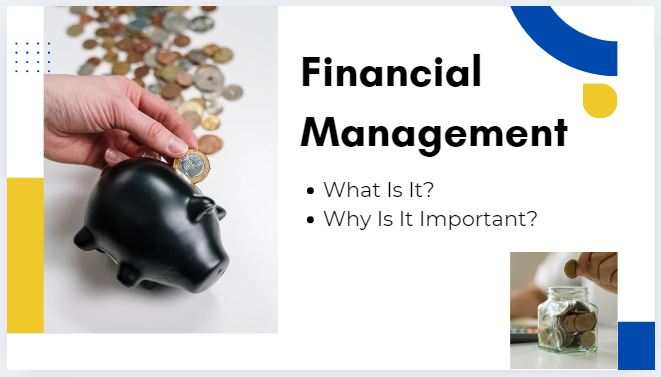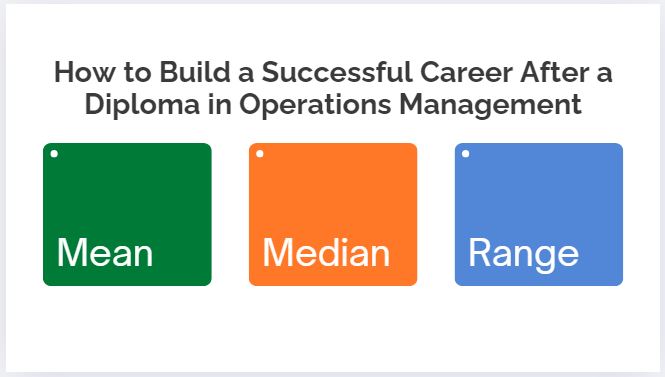A sales pitch deck is the starting point for any sales process. Similarly, in project management, a project charter is like a sales pitch deck that gives information about the project, the goals & objectives, the people involved, and the project stakeholders.
The PMBOK® Guide, 3rd Edition is PMI’s flagship publication and a reference book, that defines a project charter as “a document issued by the project initiator or sponsor that formally authorizes the existence of a project, and provides the project manager with authority to apply organizational resources to project activities.”
A project manager is responsible to create the charter and prepare a project plan.
Here’s how to create a project charter –
- Project information – Start the document with general information about the project such as project name, project manager, project sponsor, contact details of the manager, expected start date and date of completion, team members, and stakeholders.
- Project overview – This section contains the problem statement or the vision statement, the purpose of undertaking the project, the business case which is an explanation of benefits over costs, the project goals which are the expected results and the project objectives which are definitive activities, milestones or tasks to be performed to achieve the goal.
- Project scope – The scope statement defines the project assumptions, requirements, and acceptance criteria. It is the reference point to measure the success of the project. It also mentions the exclusions or the things not covered by the project.
- Timeline– The project timeline or project schedule shows the key milestones, start and end date. This gives the stakeholders a summary of the project progression and estimated date of delivery.
- Budget & cost estimate – As the name suggests, this section gives an overview of the project costs per task, it is segregated under different heads such as workers, raw materials, miscellaneous expenses, etc. The cost estimate for each cost head is mentioned, thus helping the manager to plan the project budget.
- Business case – The business case statement is the explanation of the benefits over project costs and the reasons why the project should be executed. It explains the value that the project will bring the stakeholder against the costs and showcase the expected returns on the investment. This is crucial for the stakeholders to understand the benefits & returns of the project.
- Project risks – This section lists the potential risks associated with the project. Project risks can be related to regulatory compliances, internal factors, or any unforeseen circumstances.
Here are a few tips to write a project charter –
- Brainstorming – A group brainstorming activity to decide the goals, objectives, risks, and time estimate of the project to help create a realistic charter. A down-up approach to creating the charter will give accurate information with portraying the challenges.
- Concise & precise – Keeping the document concise helps the stakeholders to glance at the entire document easily and gives a brief idea of the project in short.
- Template – Creating a template for the project charter saves time in preparing the document again and again for multiple projects.
- Timely updated versions – It is essential to timely update the document in or creates version histories to update the team and stakeholders on real-time progress, track bottlenecks, and monitor performance.
Writing a project charter takes time and is a challenging task. But with the right skills, a project manager can prepare a well-defined charter that effectively captures the purpose of the project and accurately represents the information to the stakeholders for easy management & decision-making.
MIT School of Distance Education (MITSDE) is an institute that understands the current skills gap in the market and strives hard to reduce it. For this purpose, MITSDE brings you PG Executive Diploma (PGDM – Ex) in Modern Project Management. This course covers Data Mining techniques for mining and analysing raw data to discover interesting patterns, extract information, and support decision-making. Focuses on Strategic Management & Predictive modelling techniques to equip the individual to predict future market trends using historical data.



